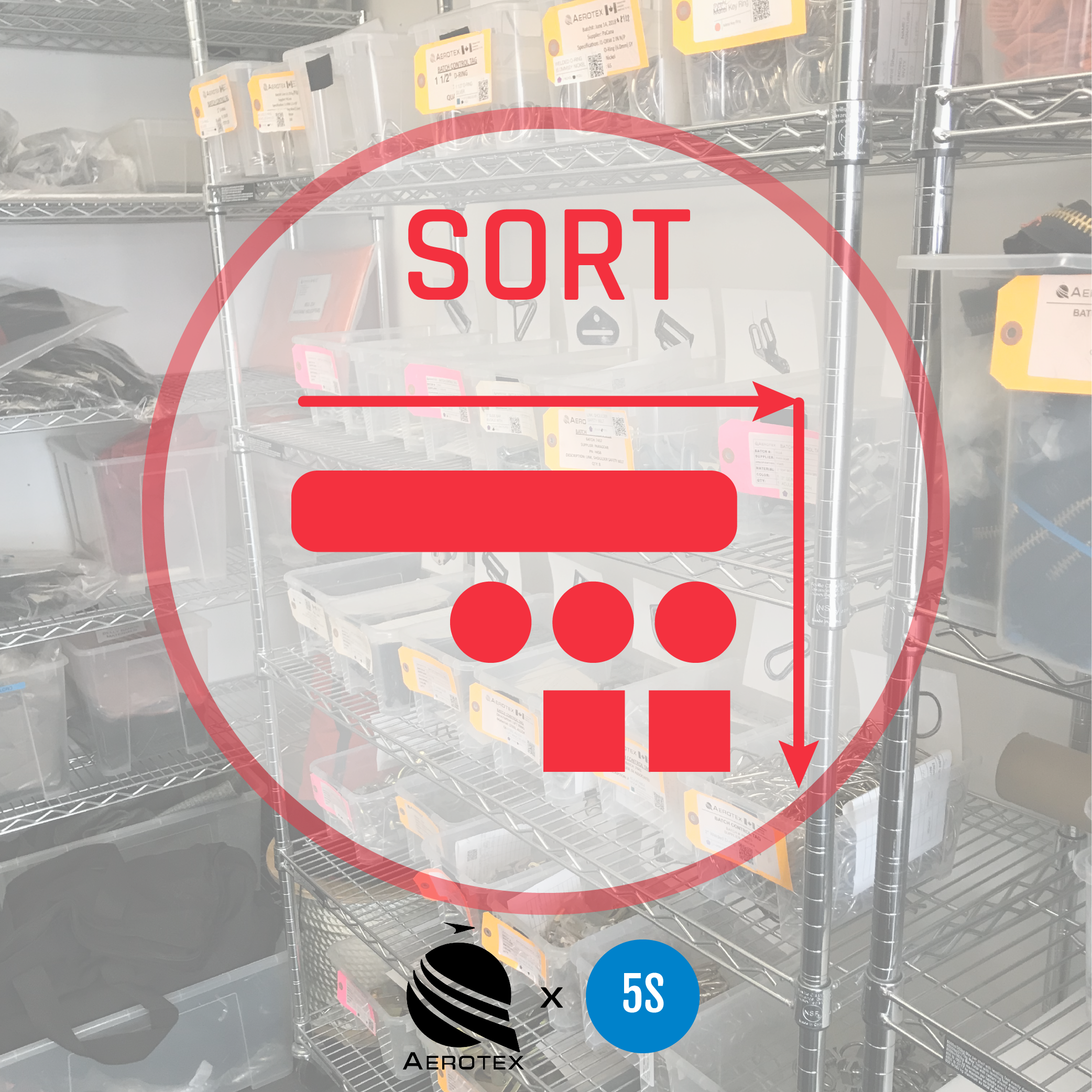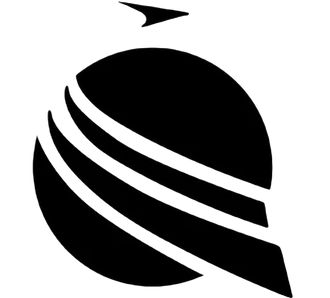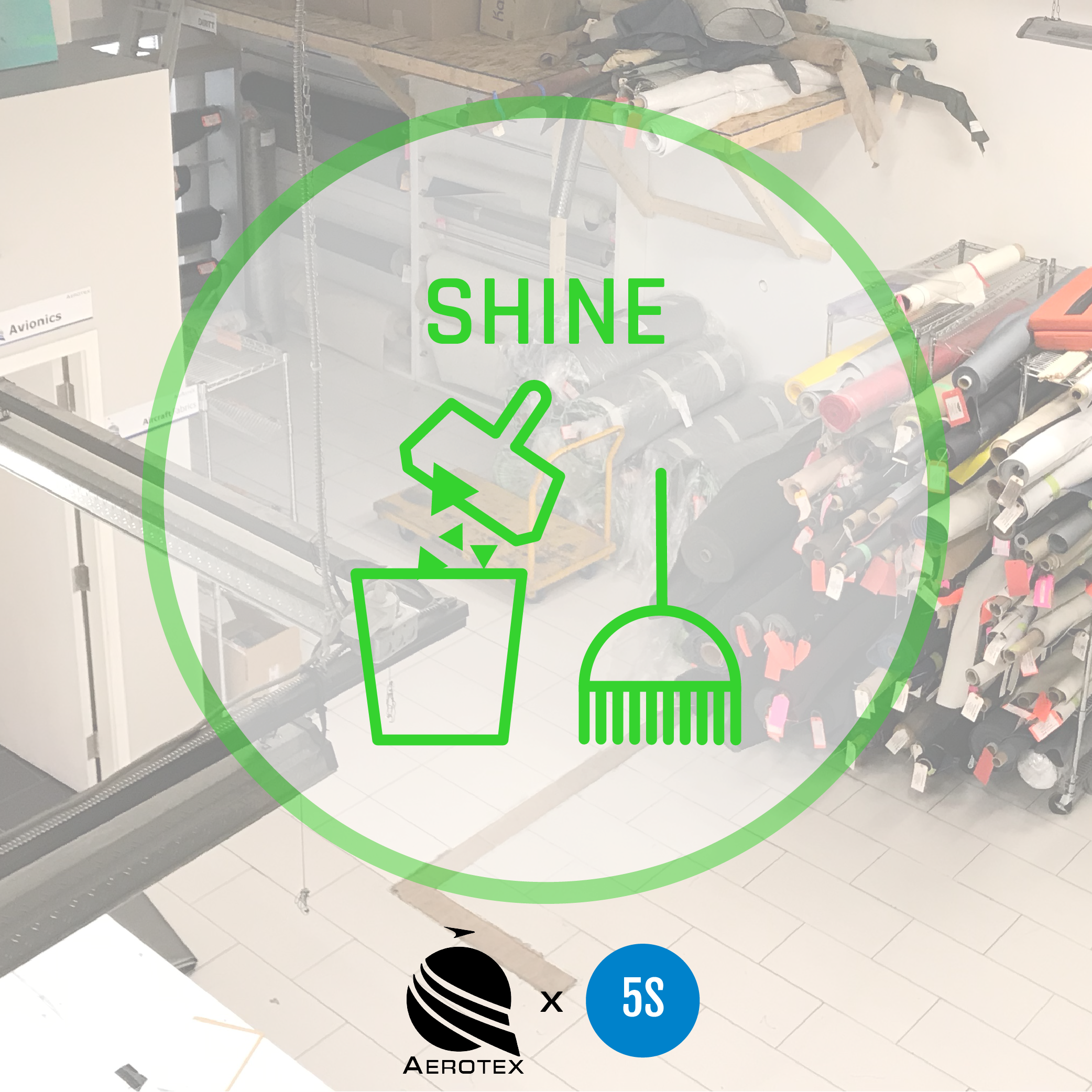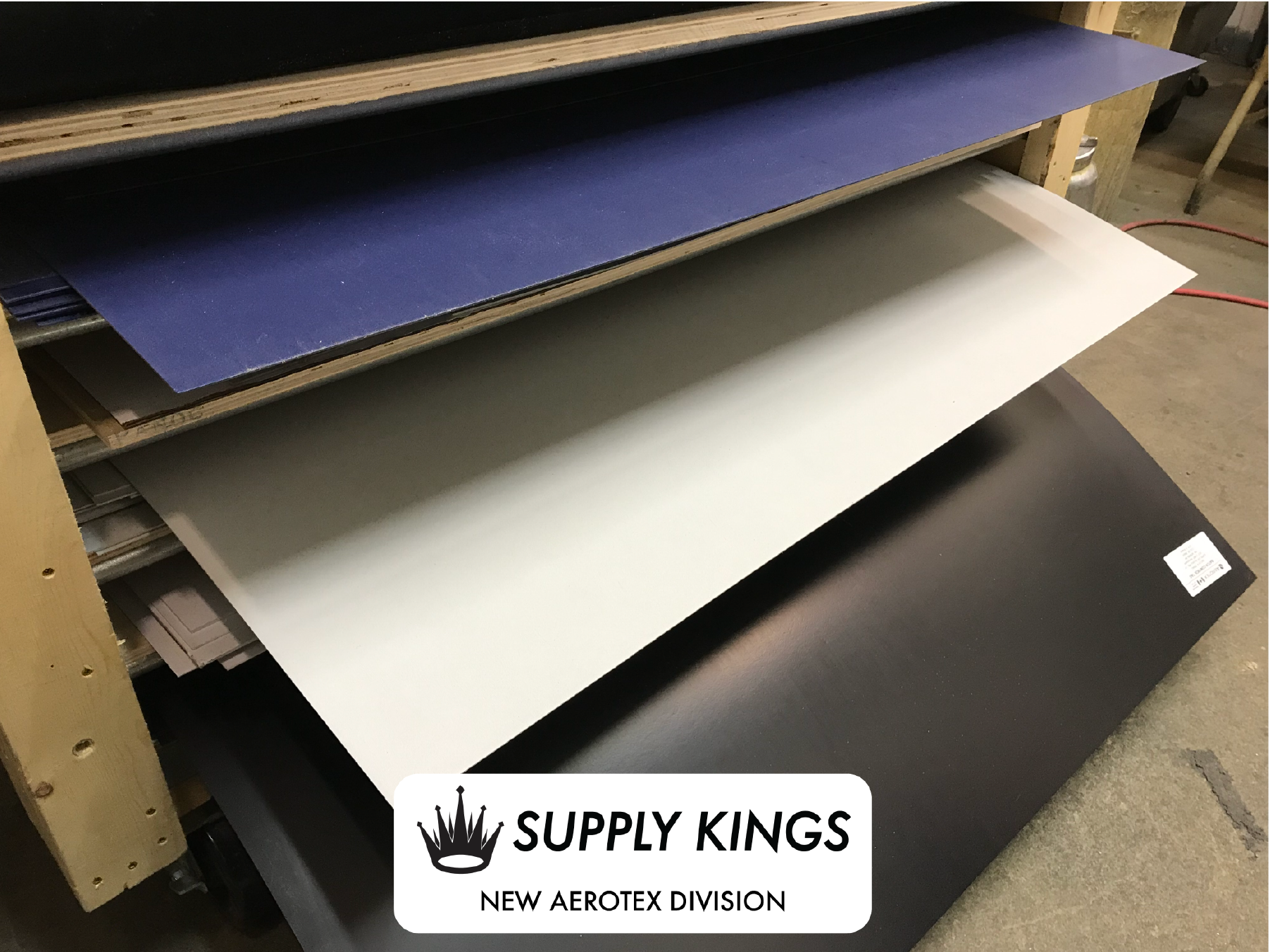
Step 1: Sort

The first step in the 5S methodology is Sort or “Seiri,” which translates to “tidiness.” The purpose of this step is to identify all tools, furniture, materials, and equipment in a work area and determine which items stay or go.
Clearing The Work Area
Questions one should ask when sorting should include [1]:
- What is the purpose of this item?
- When was this item last used?
- How frequently is it used?
- Who uses it?
- Does it really need to be here?
Each area is has its own unique setup so the best people to ask these questions are those who operate in the area. Once necessary and useful items have been identified, all useless items should be removed, relocated, thrown away, or recycled.
Unknown Items and Red-Tag
There will be instances when an item cannot be identified or has uncertain ownership, in this case, it would be “Red-Tagged.” Any item that has a red-tag will be quarantined to a specific red-tag location. This way, if the item has been misplaced, Supervisors can check the red-tagged area and verify whether or not an item should be relocated. If items remain in the red-tagged location for an extended period of time and ownership still uncertain, consider throwing away, selling, or recycling, and only stored it if it can be used by the company in the future.
At Our Shop
At Aerotex, this was our first step in our 5S journey. Prior to implementing, an organized chaos was present where only a handful of staff barely understood where anything was in the clutter. This gatekeeping hindered production by causing unnecessary loss of time, productivity, and at times posed a safety issue. In retrospect, 5S was overlooked for so long since production kept up with demand, there was no tangible reason to change. During 2018, when some of the production staff unexpectedly moved on, a vast gap was left for new staff to learn the unnecessary nuances of the shop. This was the indicator we needed to change.

Before sorting, rolls of textiles and bins of hardwares were haphazardly piled up, sometimes with the same parts in different bins across the floor. We prioritized the production floor. We identified items in the area by usefulness; the amount of useless and red-tagged items was a sobering moment that vindicated 5S. We have since relocated, thrown away, sold, recycled, and given away those items. Though precious production time was used, hindsight shows this was the better use of time as it led to more space on the floor; items are sorted and placed in designated areas; and the production staff are happy with the consistency and cleanliness of the space.
This journey started with sorting the production floor and soon permeated across departments once the value was recognized. Admin, sales, and front desk soon followed suite and started to 5S their respective areas.
References:
https://en.wikipedia.org/wiki/5S_(methodology)






